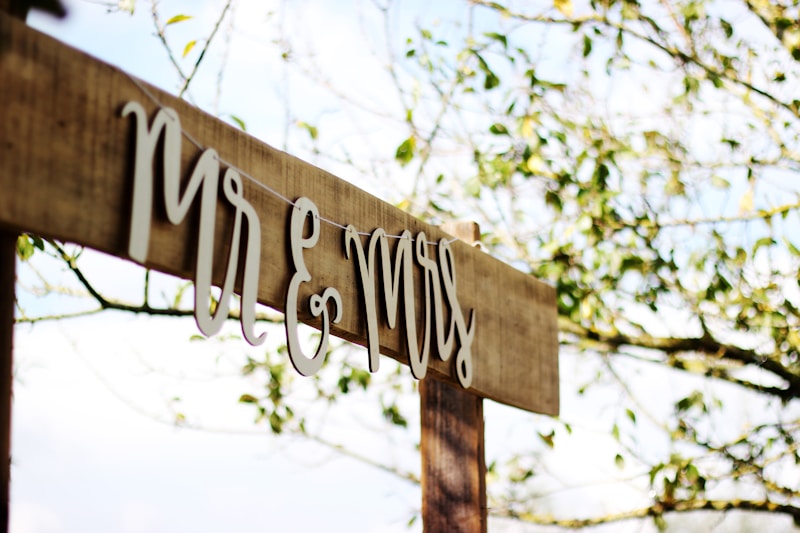Considering Dress Color Beyond White: An Exploration of Alternatives for Your Special Day
Introduction
When it comes to wedding attire, the color white has long been a traditional choice for brides. However, in recent years, more brides are considering dress color beyond white. This shift reflects changing societal norms and the desire for individuality in one of the most significant moments of their lives. In this article, we will explore various dress color options, their cultural significance, and tips for selecting the perfect hue for your special day.
The History of White Wedding dresses
The tradition of wearing a white wedding dress can be traced back to Queen Victoria's marriage to Prince Albert in 1840. Her choice of a white gown was unconventional at the time and marked a significant shift in wedding fashion. However, many cultures and weddings around the world have embraced a wide range of colors, each with its unique meaning and significance.
Reasons to Consider Dress Color Beyond White
Embracing color on your wedding day can reflect your personality and individuality. Here are some compelling reasons to consider dress color beyond white:
- Personal Expression: Choosing a colored dress allows brides to express their unique style. Whether it’s a bold red or a soft lavender, the color can reflect the bride’s personality.
- Cultural Significance: In many cultures, other colors hold significant meanings. For example, red is a symbol of luck and prosperity in Chinese weddings.
- Wedding Themes: Colored dresses can complement specific wedding themes, enhancing overall aesthetics. For autumn weddings, deep orange or earthy tones could work beautifully.
- Trendsetting: More celebrities and influencers are wearing non-traditional colors, inspiring future brides to step outside the box.
Popular Alternative Colors for Wedding dresses
While white remains a classic choice, here are some popular alternative colors brides are choosing:
| Color | Description |
| Blush Pink | A soft, romantic hue that adds a touch of elegance and charm. |
| Champagne | A subtle off-white shade that complements various skin tones. |
| Sky Blue | A serene and peaceful color, perfect for a beach wedding. |
| Lavender | A soft, floral color that invokes a sense of tranquility and romance. |
| Deep Red | A bold and passionate color that symbolizes love and desire. |
Cultural Perspectives on Wedding Dress Colors
Different cultures have unique perceptions of colors in weddings. Here’s how various cultures incorporate colorful attire:
Western Traditions
In many Western cultures, brides have begun to explore colors such as blush and champagne, which can provide a modern twist on the traditional white dress.
Indian Traditions
In Indian weddings, brides traditionally wear red, which symbolizes prosperity and fertility. Variants of red can also include maroon and pink, adding to the rich tapestry of wedding attire.
Chinese Traditions
In Chinese culture, the color red is central to wedding festivities, representing happiness and good fortune. Brides often wear red dresses, adorned with gold embroidery, to honor this traditional symbolism.
Other Asian Cultures
In many Southeast Asian cultures, brides might wear brightly colored dresses, such as yellow or orange, which hold different meanings of happiness and prosperity.

How to Choose the Right Color for Your Wedding Dress
Deciding on the color of your wedding dress involves personal taste, the wedding theme, and considering which shades complement your skin tone. Here are some tips on how to select the perfect color:
- Skin Tone: Determine your skin tone and choose colors that enhance your complexion. For instance, warm tones often look lovely in earthy colors like gold or warm yellows.
- Wedding Theme: Align the color with your wedding’s theme or venue. Bright colors may suit a summer Garden wedding, while darker shades may complement a winter setting.
- Test Swatches: Always test fabric swatches against your skin before making a decision. This way, you can see how the color interacts with your skin’s undertone.
- Ask for Opinions: Consult with close friends or family to get feedback on potential colors. However, ensure that you choose what makes you feel the best!
Accessorizing Colored Wedding dresses
Once you’ve decided on the color of your wedding dress, accessorizing becomes a crucial factor for creating a cohesive look. Here are some tips for accessorizing:
- Jewelry: Opt for jewelry that complements the dress’s color. For example, gold jewelry pairs beautifully with warm hues, while silver accents may suit cooler tones.
- Bridal Bouquet: Select flowers for your bouquet that harmonize with your dress color. This will enhance the overall look and feel of your wedding ensemble.
- Shoes: Consider colored shoes that match or contrast effectively with your dress. A pop of color can add an unexpected element to your outfit.
Conclusion
Choosing a wedding dress color beyond white opens a world of opportunities for personal expression and cultural celebration. As trends evolve and more brides embrace colorful alternatives, the traditional view of wedding attire is also transforming. From soft pastels to vibrant tones, the choices available can reflect your unique story and style. As you decide on your wedding dress, remember to embrace what resonates with you, keeping in mind the color’s cultural significance and how it aligns with your wedding's theme.
In summary, the journey of selecting a wedding dress color is an exciting blend of tradition, personal preference, and cultural significance. Whether you lean towards an elegant blush or bold red, the most important aspect is that you feel confident and beautiful on your special day. Remember, the right dress color not only makes you look stunning but also symbolizes the love and joy of your wedding celebration.